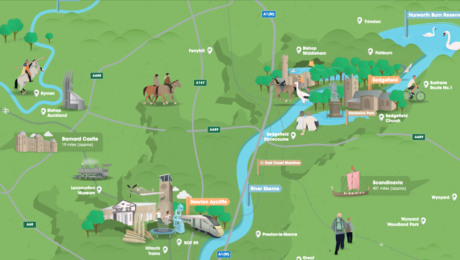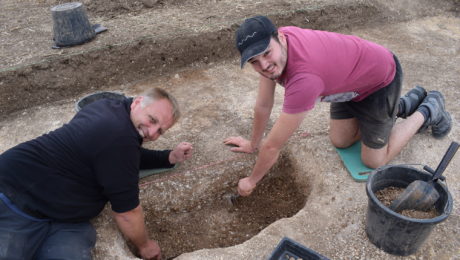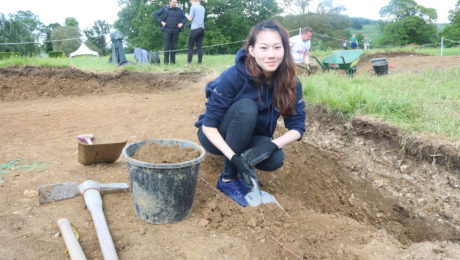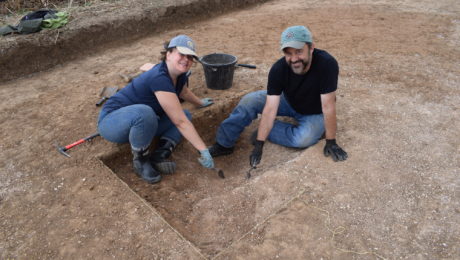In 1075, Durham was a buffer state between England and Scotland. Unable to govern this region, the English king came up with a simple solution – give the local bishops secular powers and let them deal with it!
For several centuries, these newly created ‘Prince Bishops’ effectively became autonomous rulers. They had the right to raise armies, mint coins and levy taxes – so long as they used them to protect the northern border.
But unlike other medieval buildings, few homes belonging to these Prince Bishops have been investigated archaeologically. There are estimated to have been more than 300 medieval bishops houses and their associated landscapes in England and Wales, of which the Bishops of Durham variously possessed 18, including castles, palaces, manor houses and hunting lodges, together with numerous parks.
While Westgate Castle, Darlington Bishop’s Manor and Auckland Castle have been looked at by Archaeology Services Durham University, the rest still remain an untapped source of history. Who built them? What were they like? And might these residences hold previously unknown details about the all-powerful Prince Bishops?
Bishop Middleham Castle, on the outskirts of Bishop Middleham, is one of these residences (although ‘castle’ is a bit of a misnomer – it’s more properly a manor house).
From documentary sources, we know that it was regularly occupied from the 12th – 14th centuries. Although it continued to be owned by the Bishops of Durham until 1649, the buildings largely fell out of use from the mid 14th century onwards.
However, documentary sources tell us that they continued to use the park surrounding Bishop Middleham Castle to produce all sorts of resources in that time.
Medieval accounts indicate that the watery landscape was used for the rearing of swans and doves, and to produce hay from meadows/water-meadows. Additionally, earthworks identified as fishponds provide an additional use for the site. These accounts are partial however, and it is likely that this landscape served more varied and complex capacities we do not understand yet. For example, unexpected discoveries of hemp pollen from fishponds at Ellerton Priory reveal the potential of these features to yield fascinating insights into undocumented aspects of the past
Additionally, the fact that the buildings were rarely occupied from the mid 14th century onwards means that the site survives largely untouched, which gives archaeologists a unique chance to get an insight into the earliest phases of these buildings (many other residences continued to be developed or re-modeled over time).
Altogether, Bishop Middleham Castle presents a tantalising opportunity to learn more about two key areas – early medieval buildings, and how the Bishops of Durham extracted wealth from their land.
On behalf of Discover Brightwater, we’ve opened an investigation to provide answers that can help with the future management, enjoyment and conservation of this impressive site.
Explore the Timeline and Dig Records to see what’s been found, or visit Team to see all the friendly faces responsible for making the discoveries!





